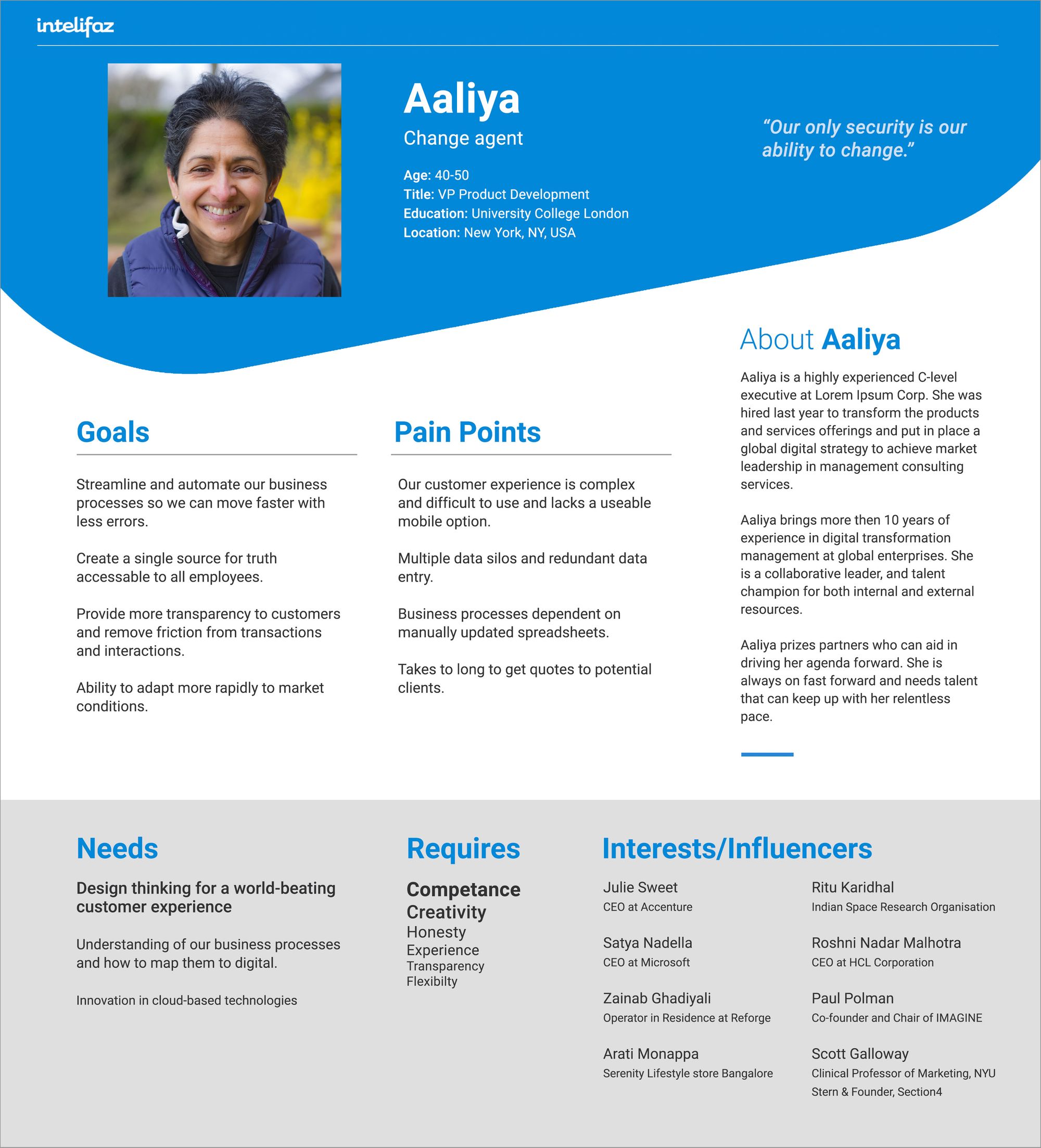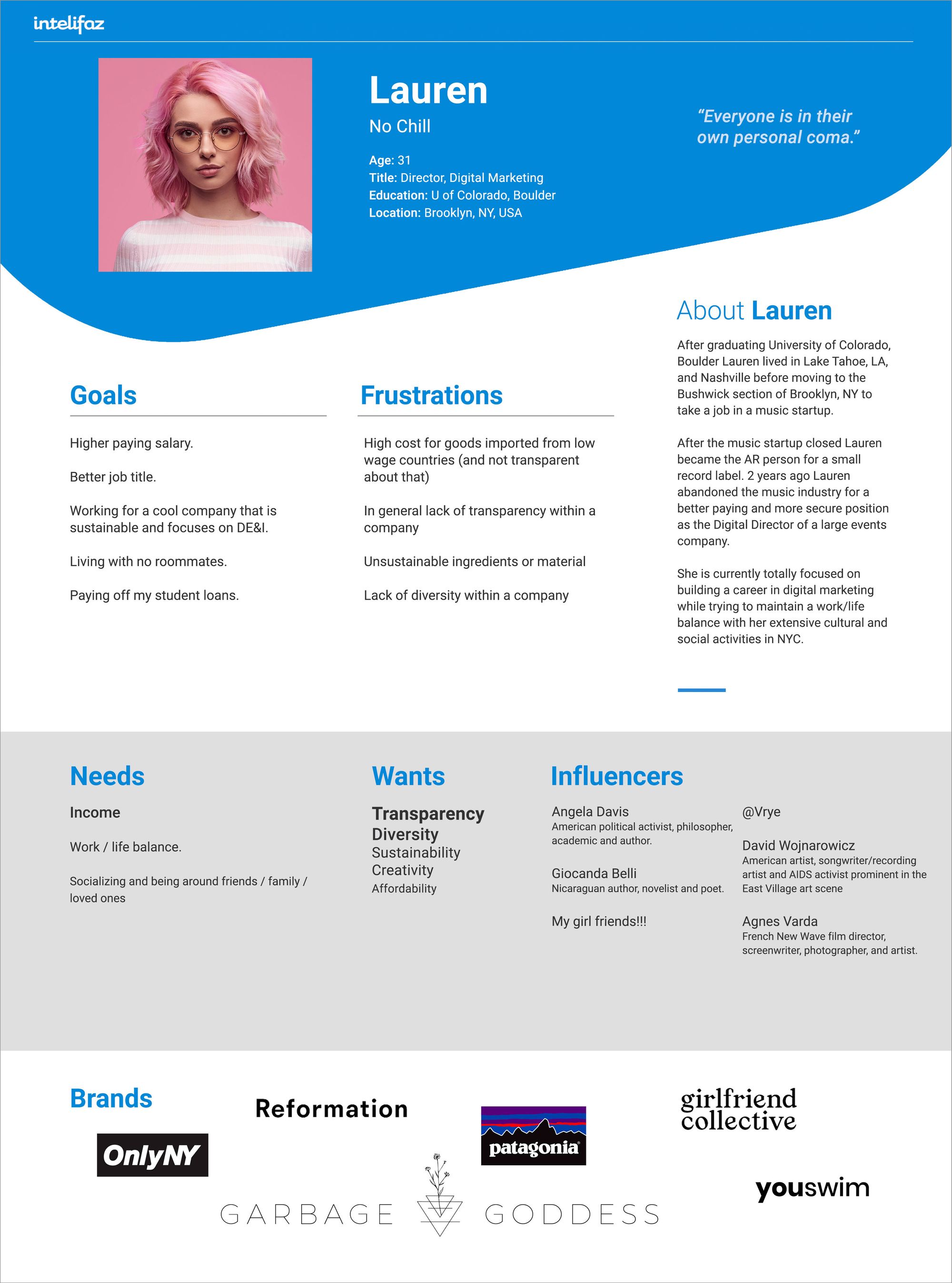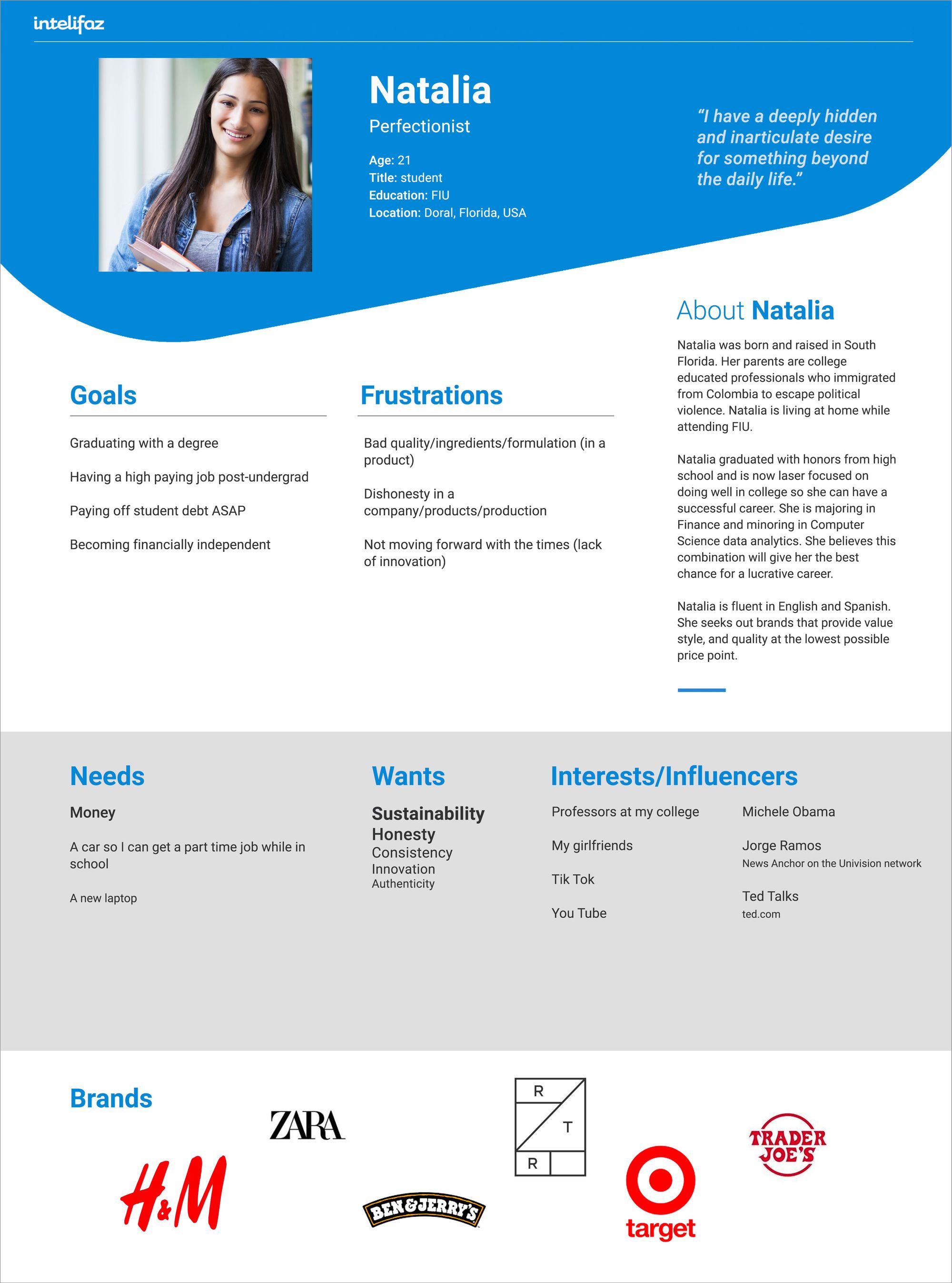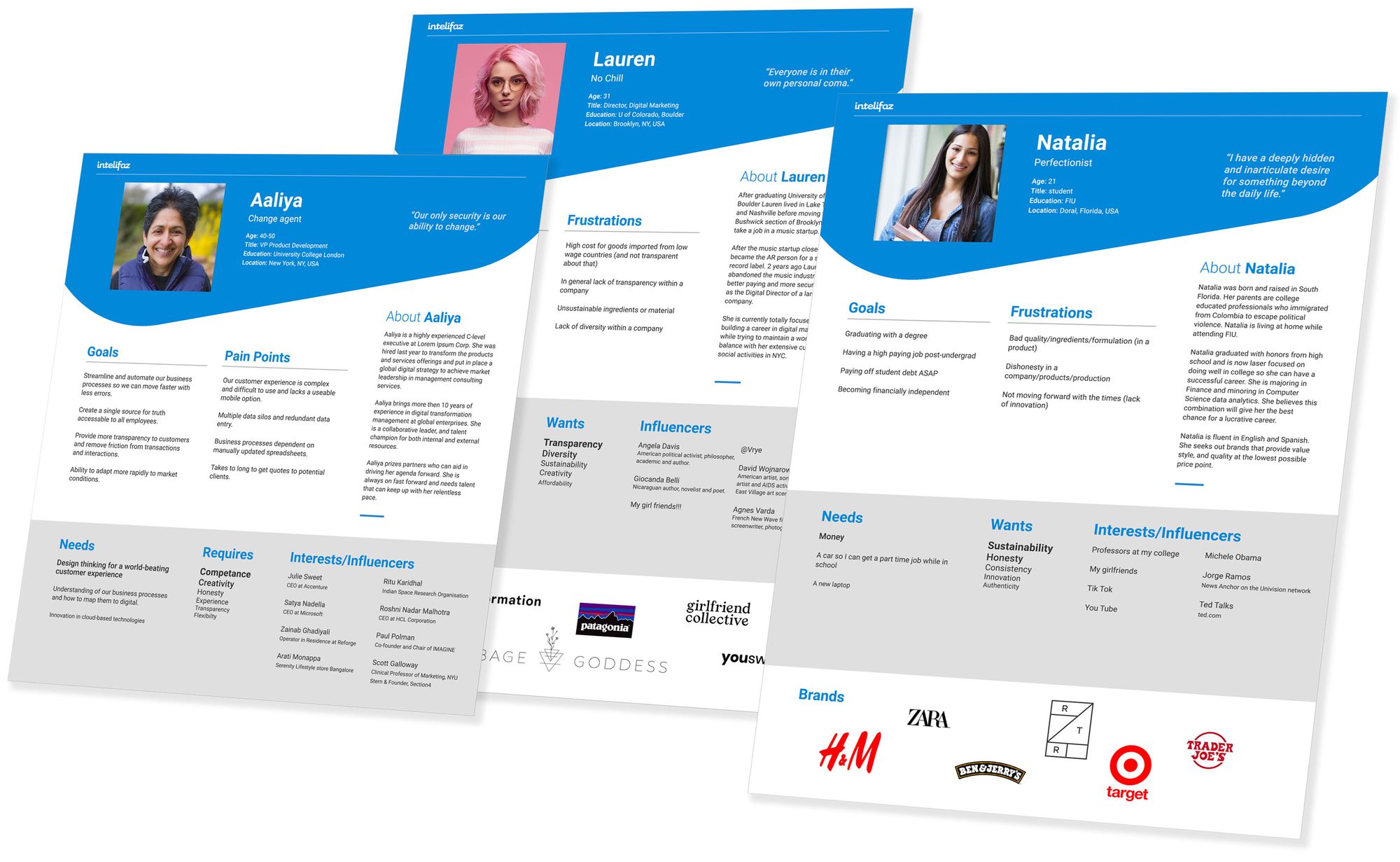At Intelifaz, we design and build systems of engagement. Software that people engage with on connected devices to perform all kinds of tasks, transactions and activities. These digital experiences must be intuitive, competent, engaging, delightful, and even addictive.
We now live in a world of ubiquitous connectivity where user expectations are set by incredibly engaging apps that users spend countless hours using everyday. That is the bar you must rise to everytime you engage a customer, vendor or employee in the digital realm. Patience is in very short supply in an environment where instant gratification is becoming the norm. You may have only seconds to convert a prospect to a user.
How do you create an app, platform or dashboard that satisfies these requirements? Software that makes users happy, empowers them to do what they need to do quickly and easily with no friction or deer in the headlights moments? The answer starts with proper UX design.
A Qualitative and Quantitative View of the User
You can’t design a system for a user if you can’t put yourself in their shoes and see the world from their perspective. Digital experience design is all about empathy. Getting as deep an understanding as possible of anyone who will use the system you are designing or redesigning.
There are two methods of research and analysis that will enable you to achieve that understanding: Qualitative and Quantitative. These methodologies complement each other and help form a complete picture of the why (Qualitative) and the what (Quantitative) of user behavior. Quantitative analysis is derived from metrics and data. It is expressed in numbers, what percent of visitors converted, how long did it take for a user to perform a task, how many users abandoned shopping carts, etc. Qualitative research is derived from non-numerical data (text, audio, video, interviews) and provides insight as to why the quantitative numbers look like they do and what you need to do to improve them. The combination of the two methods provides a full understanding of user behavior and how well your systems are satisfying user needs.
All of the data collected about specific user's goals, frustrations and behaviors will be used to create detailed ‘User Personas’ of all the typical users of your software. These personas will act as user avatars for the development team - real users with real needs and wants for the team to design for.
Time and Budget Considerations
There are UX processes appropriate for any sized project and budget. For most of our projects the client will do the data collection, interviews and discovery with forms and guides that we provide. For larger projects that have the budget for in-depth independent UX research and field studies we recommend a dedicated CX/UX research firm like Key Lime Interactive. The important thing is that you go through a formal UX process with whatever your time and budget constraints allow to ensure your digital experience has the best chance of meeting users needs.
Qualitative Personas
Qualitative research is key to developing user personas. The researcher can employ observation, interviews, investigation of social media posts and reviews, and walkthroughs with users. The largest sample size practical should be interviewed and researched so as to ensure you are not getting a skewed view of users because some key personas have been omitted in discovery. The information you will want to collect will vary depending on the product or service. Following are three examples of user personas for B-to-B services and for B-to-C consumer products.



Achieving meaningful results with qualitative research can be labor intensive and will require time from staff and the cooperation of a lot of users. The good news is the effort will reward you with invaluable insights into what will make for a successful and compelling digital experience.
The user data you collect will provide critical insight into user motivations, preferences, and requirements that you will not get from data analytics, metrics or your own assumptions. Your qualitative personas will answer the why question. Why users are happy (or not) and why your systems are succeeding or failing from the users perspective.
The AI Future of UX
Facebook and Google are the masters of user persona development. Their business model depends on it. The amount of data that these companies accumulate can run into the Gigabytes on each user. That’s millions of pages of information on every user. They know more about you then you know about yourself. The scary precision of the personas they construct is a testament to the power of data mining technologies that are now becoming generally available.
Machine learning technology is now capable of converting raw data into actionable insights and there is no reason it can not be applied to UX. It will enable the possibility of deriving qualitative data from a vastly larger sample set with a fraction of the human labor traditionally required. Statistical personas have been until now dependent on forms that users fill out. The questions chosen for the forms can skew the data collected and corrupt the personas data with the biases of the questioner. There are now algorithms that can read free form text allowing for data collection unbound by the rigid format of form questions. Feedback from users in prose form can be combined with users' social media posts and reviews to discover patterns, insights and topics of interest that would be difficult or impossible to obtain by traditional means.
The Benefits of User Personas to Software Development
Designing for a generic concept like “ease of use” is nowhere near as effective as designing for a specific archetype. Ease of use is not the same thing for 70 year old Agnes as it is for 22 year old Jessica. We don’t build digital experiences for some abstract “user”. We build them for real people who have wildly different wants, needs and capabilities. Rather than depending on the individual assumptions and biases of the development team members, the user persona focuses the team on the actual users. An in depth knowledge of who you are designing the software for becomes the shared assumption and shared truth underlying every decision the development team makes.
Again, it is all about empathy. Businesses that understand their customers, and are passionate about fulfilling a customer need, succeed. It’s no different with software development. The user persona is not about a demographic, a buyer segment or a users job description - it is a profile of real users goals, frustrations and behaviors. The information that should inform your UX and UI. Humans relate to humans. A designer will perform differently if they are designing for a real person then if they are designing in a vacuum with only a vague generic idea of who the user is.
Systems of engagement succeed or fail based on the developer's understanding of the user's goals and behaviors. User personas are an indispensable tool in gaining that understanding.
